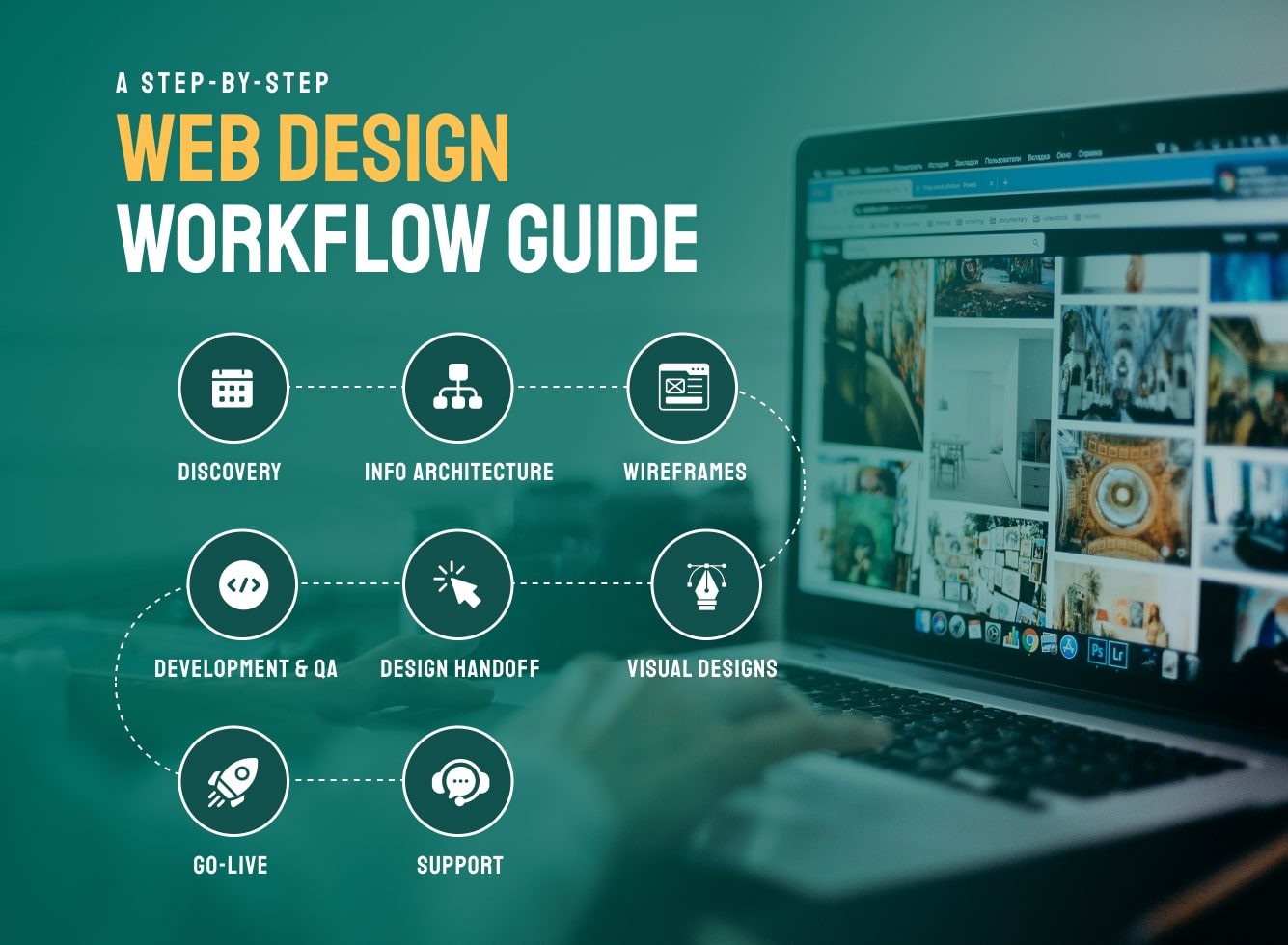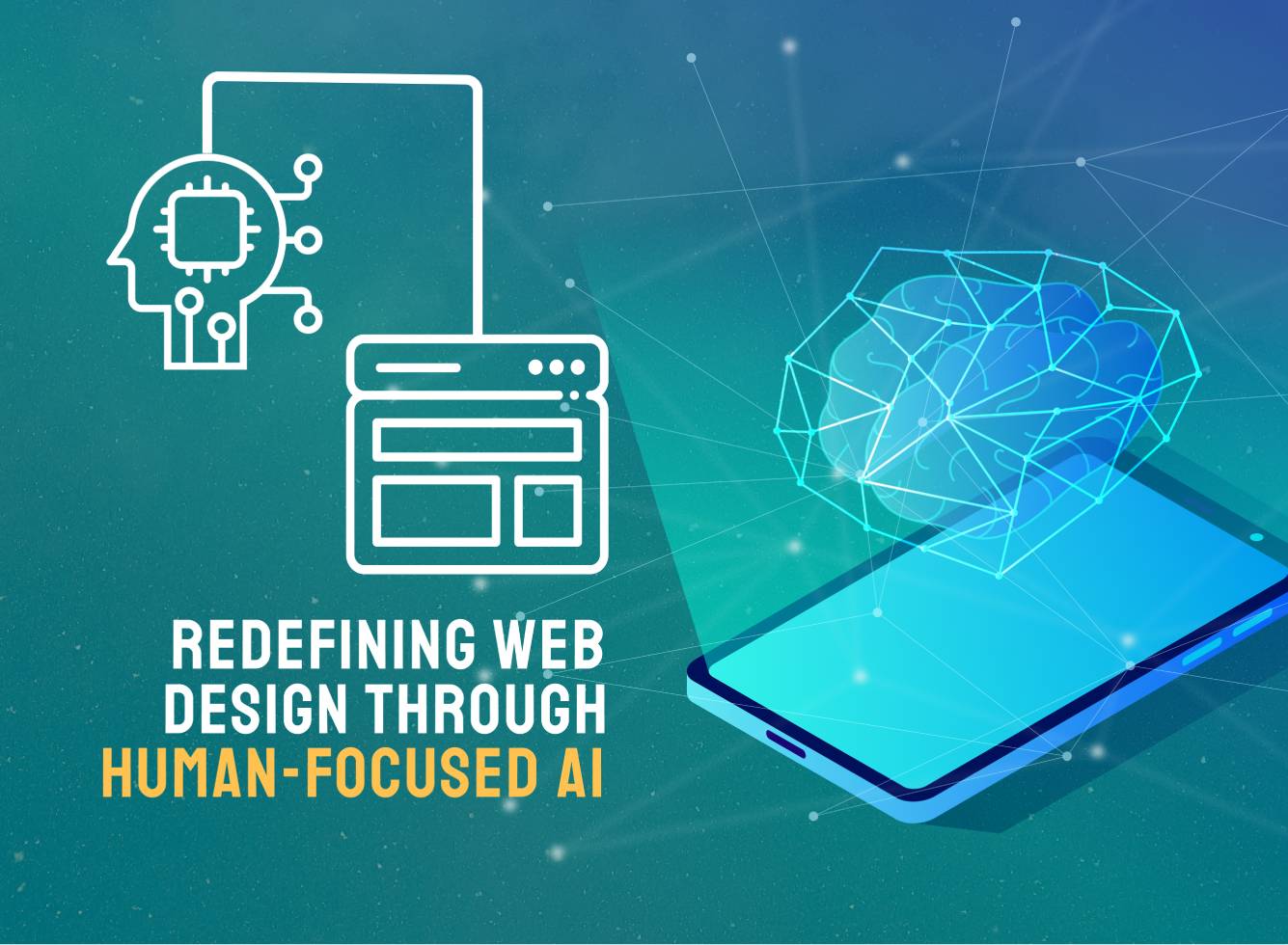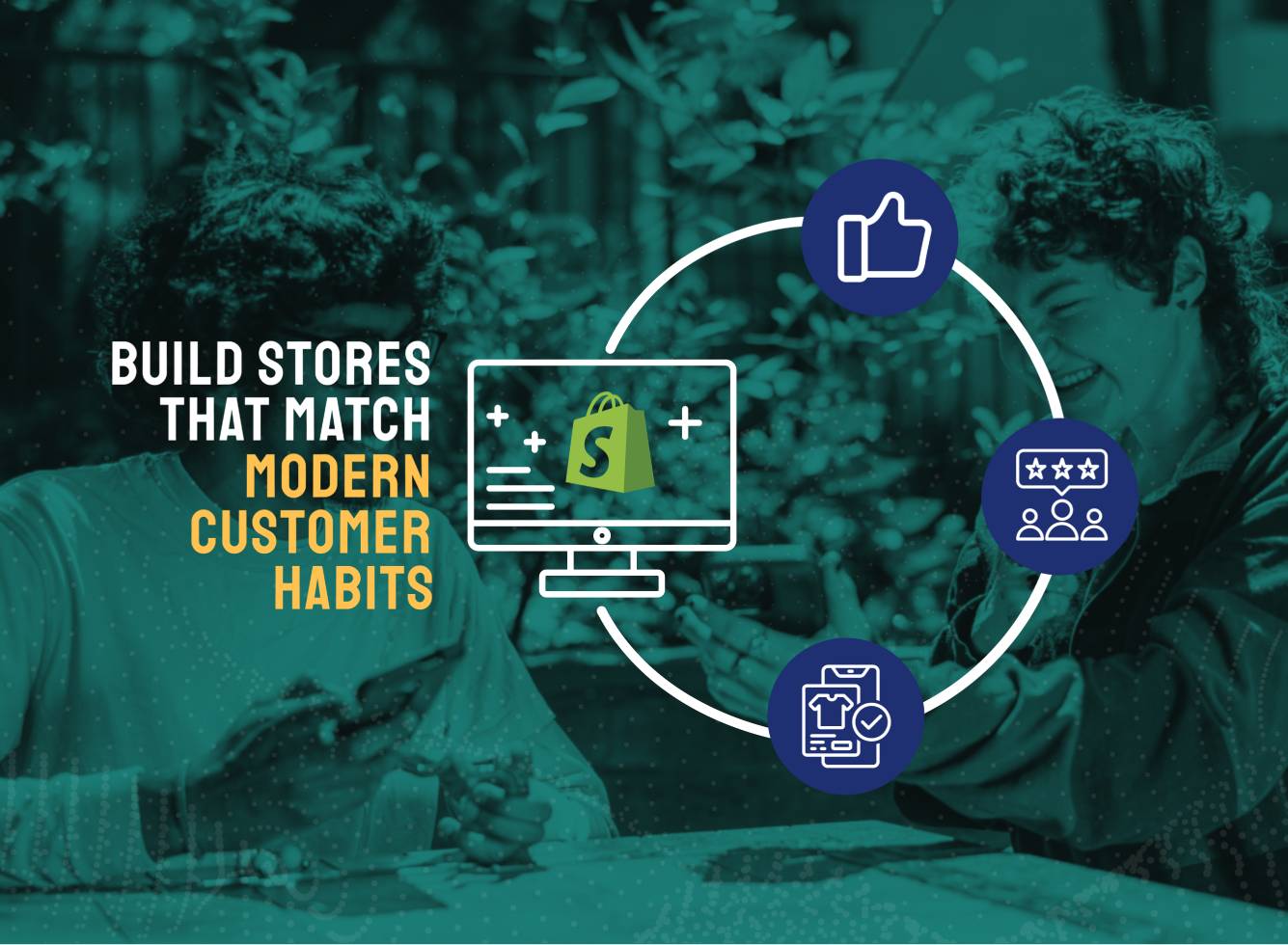A Step-by-Step Web Design Workflow Guide

Behind every intuitive, high-performing website is a structured process that brings design and strategy together. Great web design doesn’t start with colours and fonts, it starts with clarity, collaboration, and a well-defined workflow. For businesses in London and across the UK, that structure is vital to meet the expectations of fast-moving, digitally savvy audiences.
For businesses planning a new website or redesign, understanding the design journey can remove guesswork and improve outcomes. This guide breaks down what to expect from a modern web design project - from the first conversation to final launch.
Step 1: Discovery and Planning
Defining the Why Before the How
Before wireframes or design tools come into play, everything begins with understanding.
The discovery phase focuses on uncovering the business goals, user needs, and functional requirements that will shape the entire project. It includes stakeholder discussions, competitor audits, content reviews, and technical considerations. By the end, both the client and the design team should have alignment on what the site is for, who it’s serving, and how success will be measured.
This is also where shifts in digital expectations and user behaviour come into focus – areas we explored in Evolving Trends, Emerging Ideas, and Essential Shifts in Web Design.
Step 2: Mapping the Information Architecture
Structuring for Usability
With clarity on goals and users, the next step is shaping the structure of the site. This involves creating a sitemap and outlining how pages will be organised and navigated.
A good information architecture helps users find what they need quickly and intuitively. It’s also the foundation for content strategy and layout planning – something that’s increasingly important as businesses rethink how their websites support growth, conversions, and long-term brand value. (See Rethinking Website Design for Modern Business Needs for a broader perspective.)
Step 3: Building the Wireframes
Laying the Foundations
Wireframes are low-fidelity layouts that focus on functionality, hierarchy, and layout flow – not visuals. They help map out what goes where and how users will interact with each section of a page.
This phase allows for fast iteration and stakeholder feedback before time is spent on visual design.
At this stage:
- Pages are structured by priority and purpose
- CTAs and interactive elements are positioned
- User journeys are validated and adjusted
Wireframes make it easier to test ideas and spot friction points early.
Step 4: Creating the Visual Design
Bringing the Brand to Life
Once wireframes are approved, the creative direction takes shape. This is where designers apply brand identity, colour palettes, typography, imagery, and UI components to the layout.
Visual design translates strategy into a memorable experience – one that reflects the brand’s personality while supporting usability. Deciding how expressive or restrained the design should be often comes down to what works best for the audience and goals – whether that leans towards structured minimalism or a more layered, maximalist aesthetic. For a closer look at how these styles work in real business contexts, explore Minimalism vs Maximalism – Which Design Style Works Best for Your Business.
Key outcomes include:
- High-fidelity mockups
- UI kits or design systems
- Visual consistency across devices
- Accessibility and readability considerations
This is also the stage where motion, micro-interactions, and hover states may be considered.
Step 5: Preparing the Design Handoff
Bridging to Development
With designs signed off, the next step is preparing everything for build. A clear, well-documented design handoff ensures developers can bring the vision to life without confusion or delay.
What’s involved:
- Exporting assets and specifications
- Creating interaction notes and annotations
- Tools like Figma, Zeplin, or Storybook for developer access
- Alignment on mobile behaviour and edge cases
Collaboration between designers and developers during this phase is crucial to preserving design intent.
Step 6: Development and QA
Turning Design into Function
Development involves more than just coding visuals. It includes integrating a CMS, configuring functionality, and ensuring the site works flawlessly across devices and browsers.
Quality assurance is a key part of this phase, every component, page, and interaction is tested against design files, functional requirements, and accessibility standards. In regulated or highly competitive sectors across London and the UK, QA also plays a vital role in ensuring compliance and building user trust.
This phase typically includes:
- Frontend and backend development
- Mobile responsiveness
- CMS setup and configuration
- Browser/device testing and bug fixing
Stakeholders are usually involved in periodic reviews during this phase.
Step 7: Go-Live
Bringing the Site to Life
With development complete and QA signed off, it’s time to go live. Launching a site involves both technical tasks and final approvals.
Pre-launch tasks include:
- Domain and hosting configuration
- Analytics, tracking, and SEO setup
- Performance optimisation
- Final staging review
Depending on the project, this may be a hard launch or a phased release.
Step 8: Post-Launch Support
What Comes Next?
The website is live, but the journey doesn’t end here. Post-launch support ensures the site stays secure, relevant, and continuously improved.
Post-launch may include:
- Performance and uptime monitoring
- CMS training and documentation
- Conversion rate optimisation (CRO)
- Iterative updates based on user data
The best websites evolve. They grow alongside the business, shaped by changing needs and real-world usage.
Why Process Matters
Professional web design is not just about creativity – it’s about solving problems through structure, collaboration, and clear goals. A well-defined workflow ensures smoother communication, better outcomes, and fewer surprises.
When clients understand the process, they’re more empowered to collaborate, provide timely feedback, and make confident decisions at every stage.
Looking for the Right Digital Partner?
When rethinking your digital presence, working with a web design London team offers a strategic advantage. Local collaboration enables faster feedback cycles, sharper alignment with user preferences, and a more tailored understanding of market dynamics – helping ensure that the final result meets both brand and business expectations.



